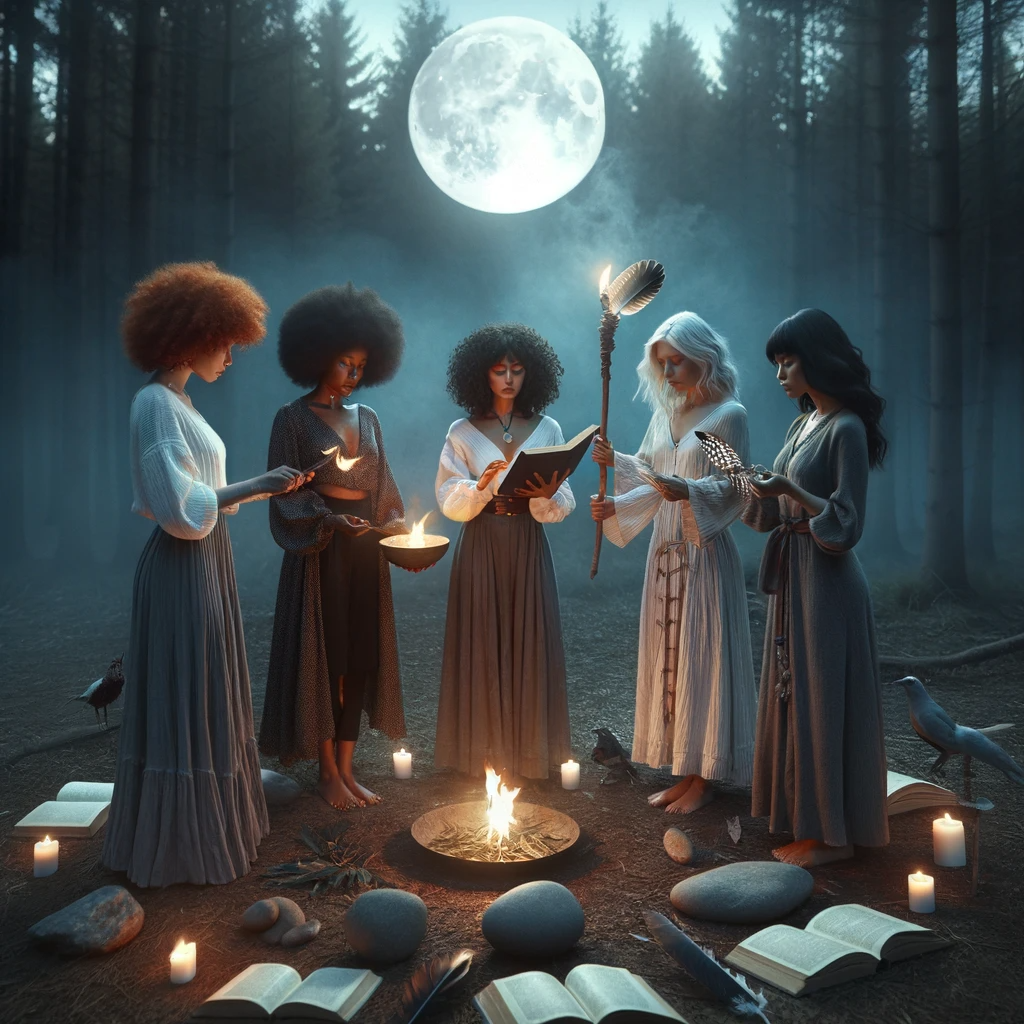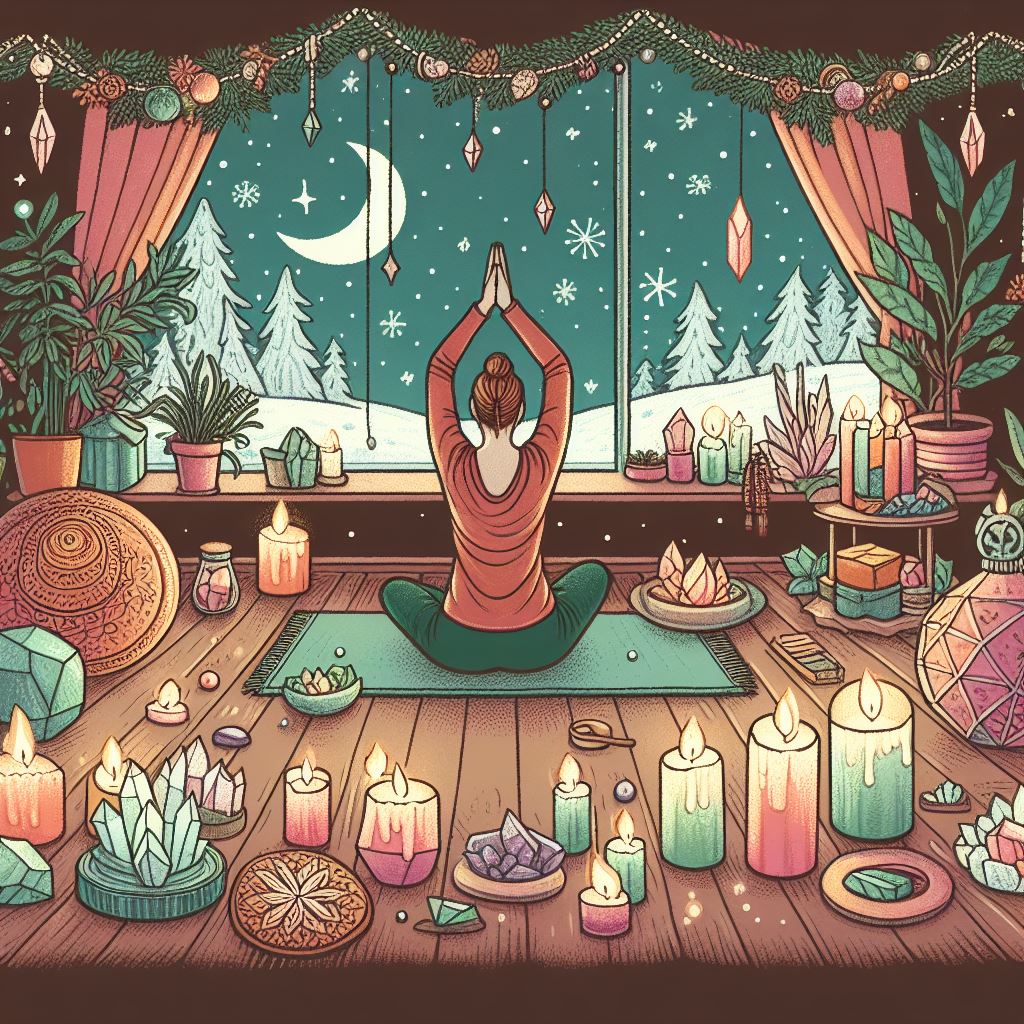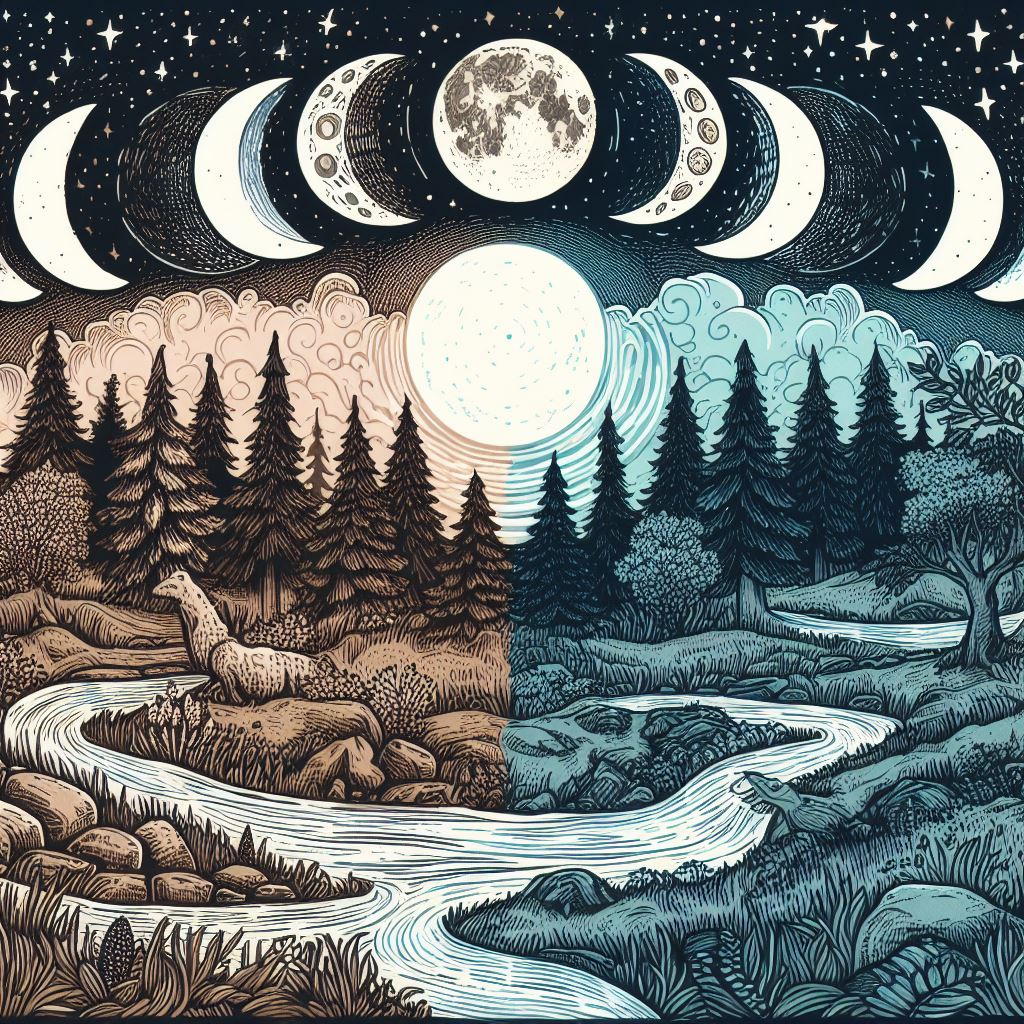Witchcraft is a practice shrouded in mystique, often misrepresented in popular culture. At its core, it is a practice rooted in the belief in the supernatural and the power of natural forces. Historically, it has been a part of human culture across the globe, taking many forms and serving various functions within societies—ranging from healing, divination, and protection to being a means of empowerment during times when other channels were inaccessible.
Witchcraft defies a singular definition due to its multifaceted nature and its evolution over time. In the past, it has been associated with malevolent forces and dark magic, a misconception largely fueled by religious and cultural stigmas.
Today, it is embraced as a spiritual path that celebrates nature, life cycles, and personal empowerment. It’s an umbrella term that includes a variety of practices, each with its own rituals, beliefs, and intentions.
Historical Context and Evolution
The narrative of witchcraft is as old as human civilization itself, with its traces found in the folklore and rituals of ancient societies. The role of the witch has been complex throughout history, seen both as a wise healer and, at times, a feared outcast.
The medieval and early modern periods marked a dark time for witchcraft, where witch hunts and trials led to persecution and tragedy. This was a result of societal fears, religious politics, and misunderstandings of women’s roles and knowledge.
However, modern witchcraft has distanced itself from these negative connotations. The 20th century witnessed a revival of interest and a new understanding of witchcraft as a symbol of counterculture. It became intertwined with movements for social change, including feminism, as it provided a voice for those who were marginalized.
This evolution continues as contemporary witchcraft becomes more mainstream, celebrated as a form of spirituality that advocates for the wellbeing of the practitioner and their community.
The Basics of Practice
To embark on a path in witchcraft is to step into a world where the metaphysical and the physical meet. It is not bound by the dogma that characterizes many organized religions; instead, it is a personal and often solitary practice that encourages connection with nature, the elements, and the unseen energies that interweave with our daily lives.
There are, however, some commonly shared principles among various traditions, such as the Wiccan Rede’s guidance to “harm none.”
The practice of witchcraft can be solitary or part of a group, known as a coven. Both have their own dynamics and benefits. Solitary practitioners enjoy the freedom to explore and develop their path, while covens offer a community for shared rituals and learning.
Essential to any practice is a deep respect for nature and an understanding of the energies that constitute the universe.
Common Witchcraft Practices and Rituals
The fabric of witchcraft is woven with a variety of rituals and spells, each uniquely crafted to channel the practitioner’s will into the world. Rituals in witchcraft are as diverse as the practitioners themselves, spanning from elaborate ceremonial magics that honor celestial events to the subtle charm of a whispered incantation over morning tea.
These practices serve as a bridge between the mundane and the mystical, harnessing the energies of the natural world to bring about desired outcomes.
Spells, the quintessential aspect of witchcraft, are structured intentions. A spell could be as straightforward as scripting an intention on a bay leaf before burning it to as intricate as a multi-day ritual involving a sequence of symbolic actions, words, and the use of consecrated items. The common thread that binds all spells is the focused intent; the practitioner’s will is the catalyst that directs the energy of the spell toward its purpose.
Ritual tools act as extensions of the witch’s will, each item holding symbolic significance. The athame, a ritual blade, is often used to direct energy or cast a circle, creating a sacred space for the work at hand. The wand, sometimes a branch from a sacred tree, is used to invite and direct higher energies. The cauldron represents the womb of the Earth, a vessel for transformation and creation. Crystals may be employed to amplify and attune energies, while herbs can be used for their energetic properties in spellwork.
For those beginning their journey, simple spells are a gateway into the practice of witchcraft. These can include candle magic, where a specific color candle is selected to correspond with an intention, and the flame becomes the focal point for meditation and visualization.
Sigil creation, where an intention is turned into a symbolic design, is another accessible form of spellwork that can be easily incorporated into daily life.
The true power of these rituals and spells lies not in the tools or the words but in the practitioner’s connection to their deeper self and the universe. It is a dance of will, belief, and harmony with the forces of nature, a testament to the practitioner’s place within the web of life.

Integrating Witchcraft into Daily Life
The integration of witchcraft into daily life is a testament to its flexibility and relevance in our modern world. It’s about finding the sacred in the ordinary, recognizing the magic in nature’s cycles, and tapping into the power of intention in everyday actions. Beginners can start small, infusing their morning routine with mindfulness or crafting small altars that serve as focal points for meditation and reflection.
Witchcraft doesn’t require grand gestures; it’s often the subtle shifts in awareness and the deliberate, mindful actions that weave magic into the fabric of daily life. It’s about aligning with the lunar cycles, understanding the energetic ebbs and flows of the day, and finding one’s own rhythm within the natural world. This practice promotes wellbeing by fostering a deep sense of connection to the self and the environment.
FAQ: Understanding Witchcraft
What is witchcraft and how is it practiced today?
Witchcraft today is often practiced as a spiritual path that emphasizes a personal connection with nature and the use of magic to effect change. It’s a diverse practice that can be solitary or communal, involving rituals, spells, and the celebration of natural cycles. Many practitioners focus on self-growth, healing, and the empowerment of the self and others.
Is witchcraft a religion?
Witchcraft itself is not a religion; it is a practice that can be part of different religious frameworks. For example, Wicca is a religion that incorporates witchcraft into its practices, but not all who practice witchcraft consider themselves Wiccans or adhere to any religious structure.
Do you need to be naturally gifted to practice witchcraft?
No, witchcraft does not require one to have a natural gift. It is a path open to anyone with a sincere interest in learning its practices and principles. While some may feel a natural inclination towards certain aspects of witchcraft, such as intuition or empathy, the practice itself can be learned and honed over time.
Can witchcraft be dangerous?
Like any practice involving deep personal and spiritual work, witchcraft requires responsibility and ethical consideration. It is not inherently dangerous, but it does call for an understanding of the energies and forces with which one is working. Practicing safely and respectfully is crucial to ensure a positive and harm-free experience.
How do I get started with witchcraft?
Begin by reading and learning about the different paths and practices to find what resonates with you. Start practicing mindfulness and connecting with nature. You can also begin experimenting with simple spells or rituals, keeping a journal of your experiences. Engaging with a community, either online or locally, can offer support and guidance.
Do witches worship the devil or engage in dark magic?
This is a common misconception. Most witchcraft traditions do not involve devil worship or malevolent practices. Witchcraft, for many, is about positive transformation and aligning with natural and benevolent forces. Ethics in witchcraft, such as the Wiccan Rede’s “harm none,” are central to many practitioners’ beliefs.
Can men be witches?
Absolutely, witchcraft is a practice that is open to people of all genders. The term “witch” is gender-neutral and can be used by anyone regardless of their gender identity who practices witchcraft.
Is it necessary to join a coven?
Joining a coven is not a necessity; many practitioners choose to follow a solitary path. A coven can provide a sense of community and shared knowledge, but it is entirely a personal choice. Many find fulfillment and growth in practicing alone.
The journey into witchcraft is as enriching as it is personal. It’s a path that offers self-discovery, empowerment, and a deeper connection to the world around us. As you explore this path, remember that witchcraft is fluid—there is no right or wrong way to practice, only what is right for you.
Embrace the journey with an open heart, and let your intuition guide you.
















